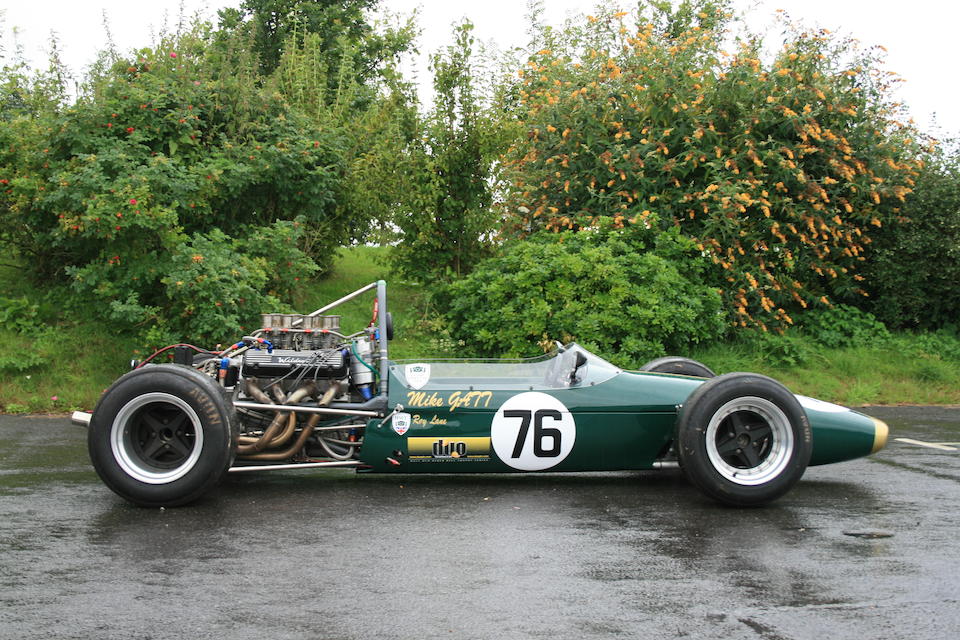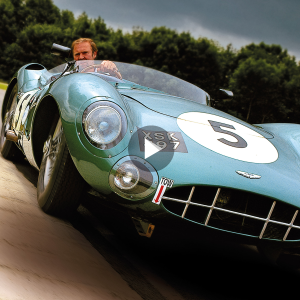Brabham BT21 is a sports racing car that was introduced in 1966, designed and built by Brabham Racing Organization. This car was a significant breakthrough for Brabham as it represented the company’s first foray into the world of customer racing cars.
Design and Development
The Brabham BT21 was designed by Ron Tauranac, the chief designer of Brabham Racing Organization. Tauranac’s design for the BT21 was innovative for its time, featuring a spaceframe chassis and a unique rear suspension system.
The spaceframe chassis was made from thin-walled tubes of high-grade steel, which made it both lightweight and rigid. This allowed for a better power-to-weight ratio, which is crucial in sports racing cars. The rear suspension system was a semi-trailing arm setup, which provided good traction and stability for the car.
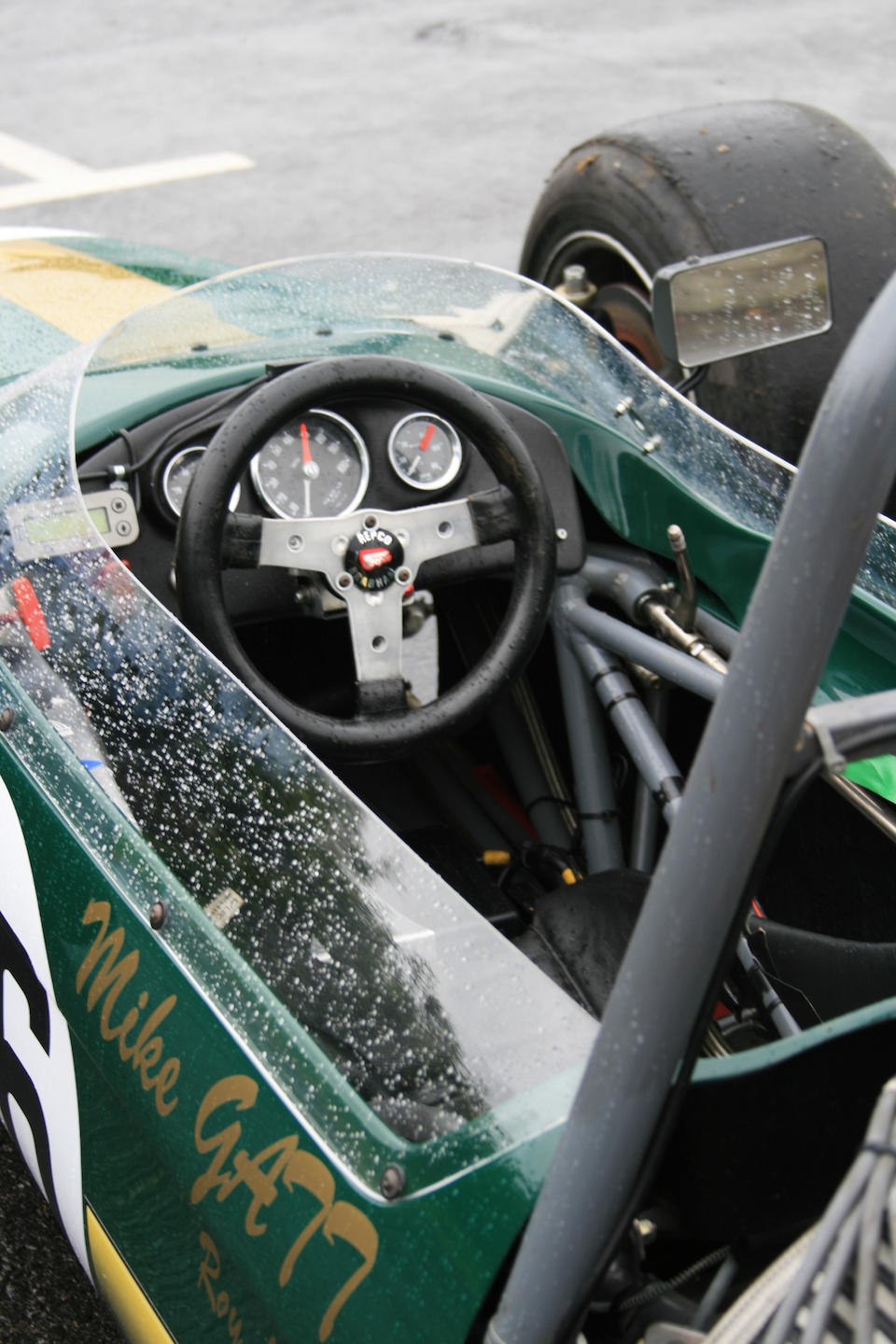
The Brabham BT21 also had a unique body design, which was crafted from lightweight fiberglass. The body was aerodynamically designed to reduce drag and increase downforce, providing better grip and stability at high speeds.
The engine of the BT21 was a four-cylinder Ford engine, which was modified and tuned by Brabham to produce up to 165 horsepower. The engine was paired with a Hewland five-speed manual transmission, which provided smooth and precise gear changes.
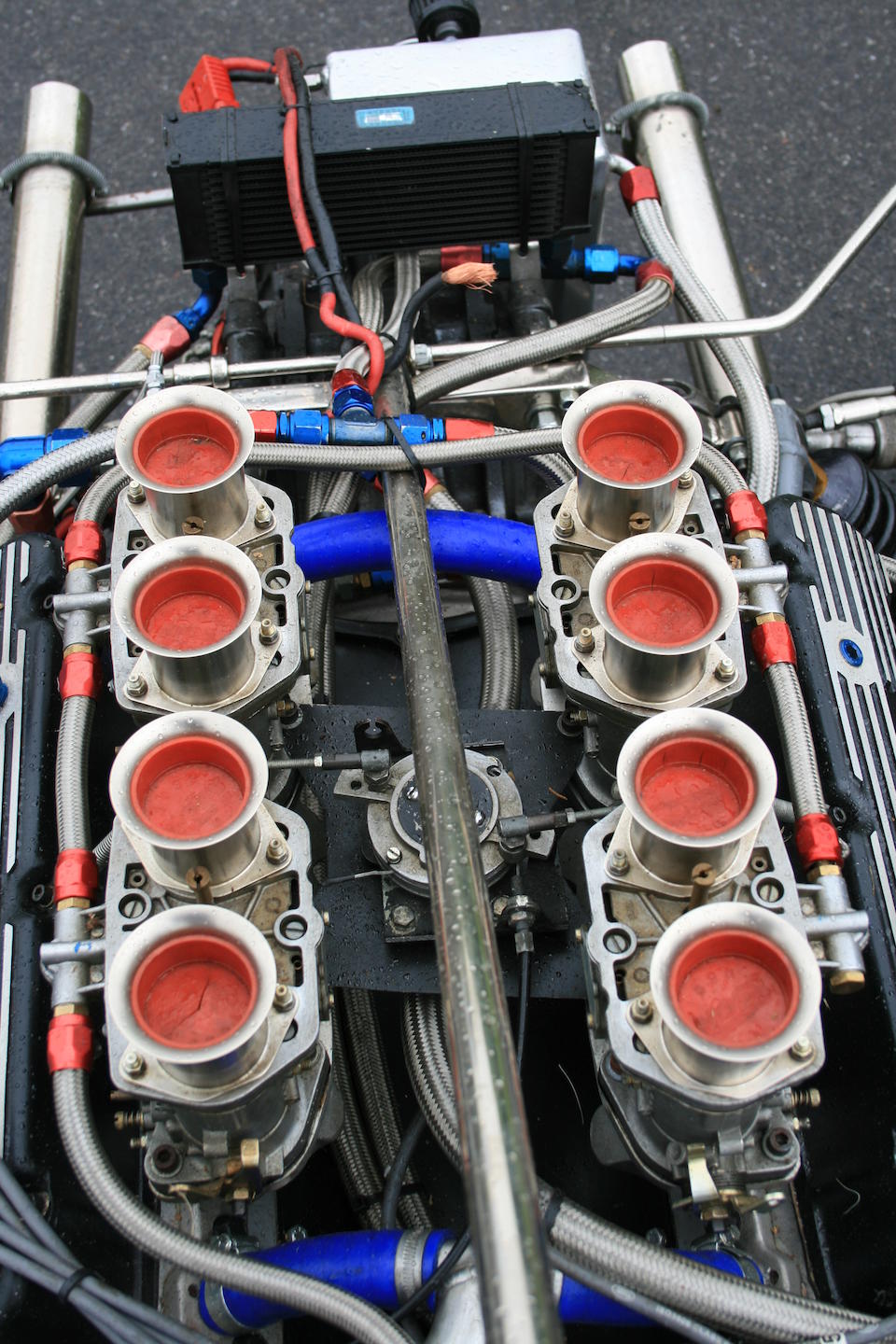
Racing Success
The Brabham BT21 had a successful racing career, particularly in the Formula 3 racing series. In 1966, the BT21 made its debut in the Formula 3 race at Brands Hatch, where it finished second. It then went on to win several races throughout the season, including the Formula 3 race at Crystal Palace.
In 1967, the BT21 continued its winning streak, winning several races in the Formula 3 and Formula 2 racing series. The car also competed in the European Formula 2 Championship, where it finished second overall, with driver Jack Brabham.
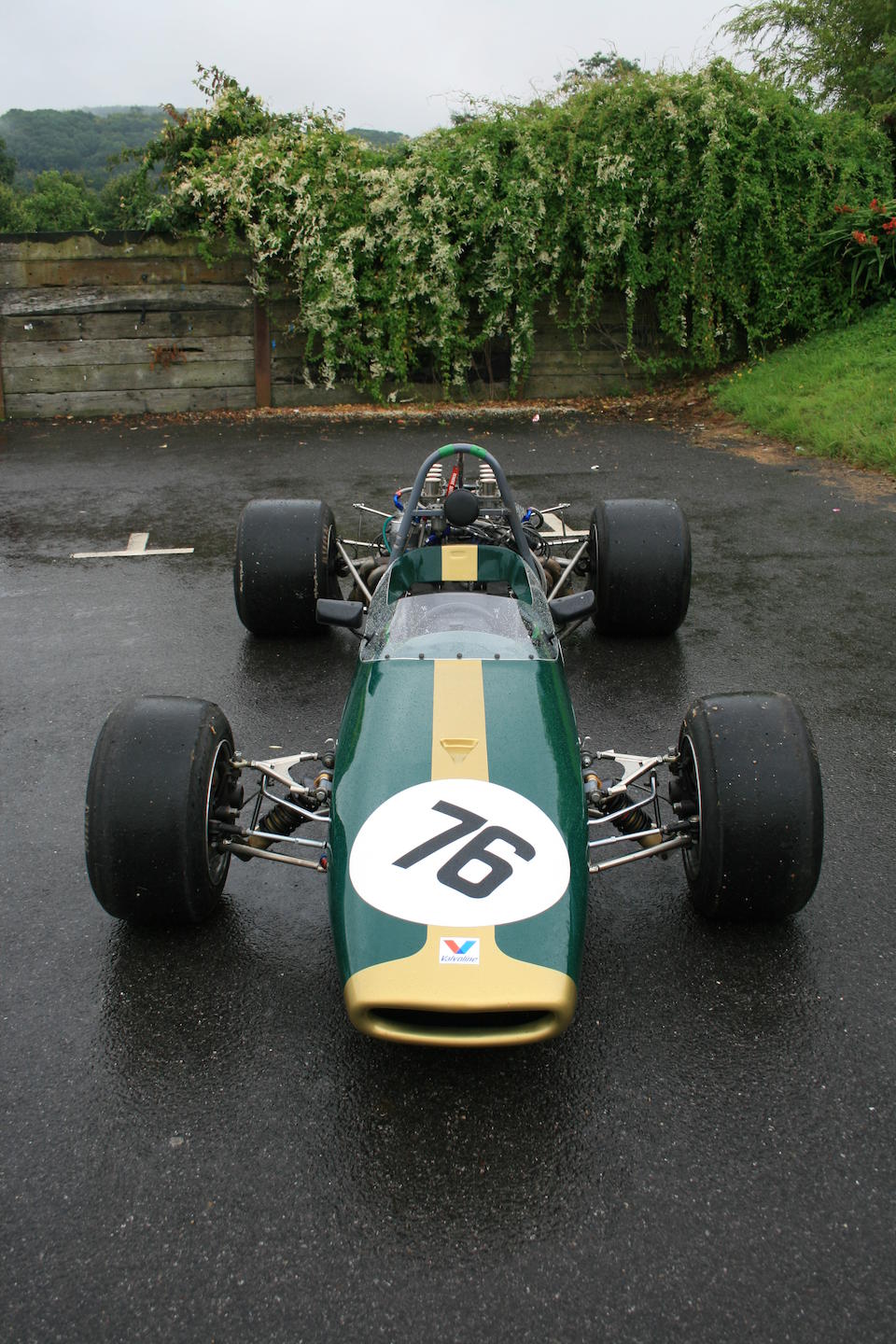
Legacy
The Brabham BT21 was a significant achievement for Brabham Racing Organization, as it marked the company’s entry into the world of customer racing cars. The success of the BT21 helped to establish Brabham as a leading manufacturer of sports racing cars.
The BT21 also paved the way for future designs from Brabham, including the successful BT23 series of cars, which dominated the Formula 2 racing series in the late 1960s.
Conclusion
The Brabham BT21 was a breakthrough design by Brabham Racing Organization, featuring a lightweight spaceframe chassis, innovative rear suspension system, and aerodynamically designed body. The car had a successful racing career, particularly in the Formula 3 and Formula 2 racing series. The BT21 helped to establish Brabham as a leading manufacturer of sports racing cars, and its legacy can still be seen in the designs of modern sports cars.

.
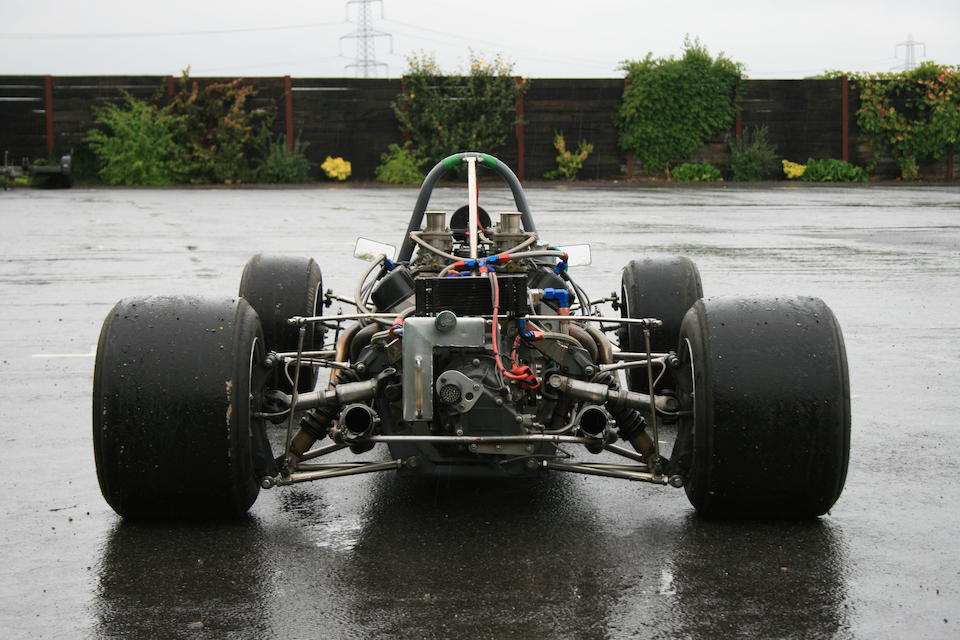
.
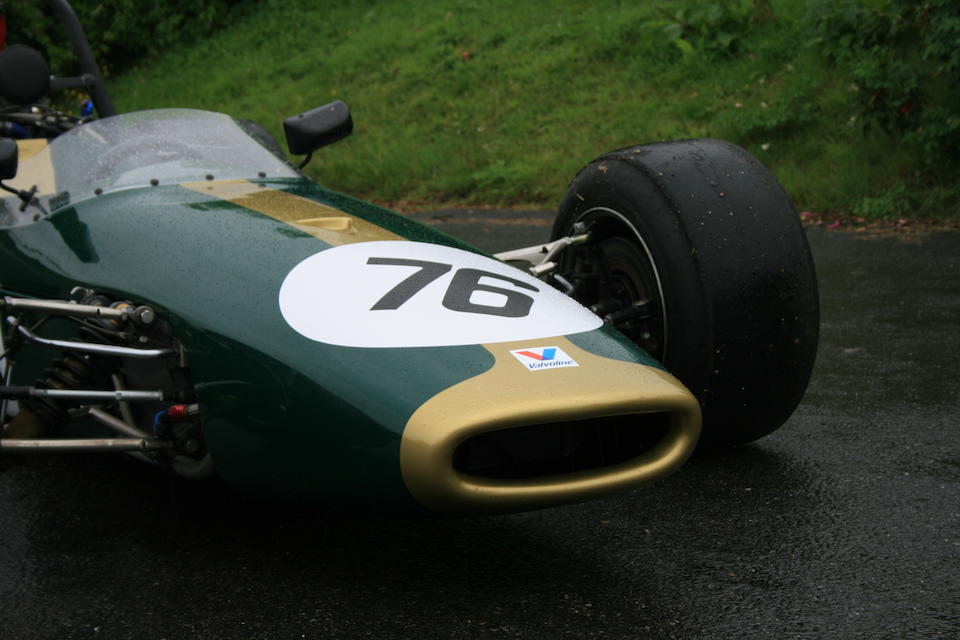
.
